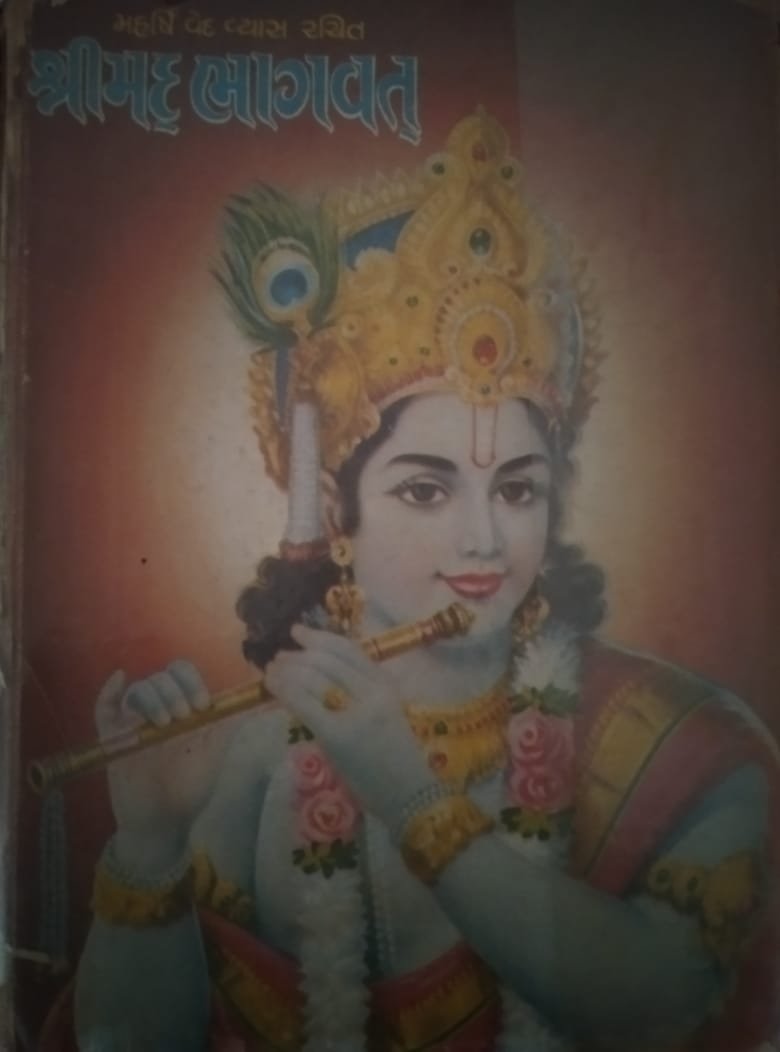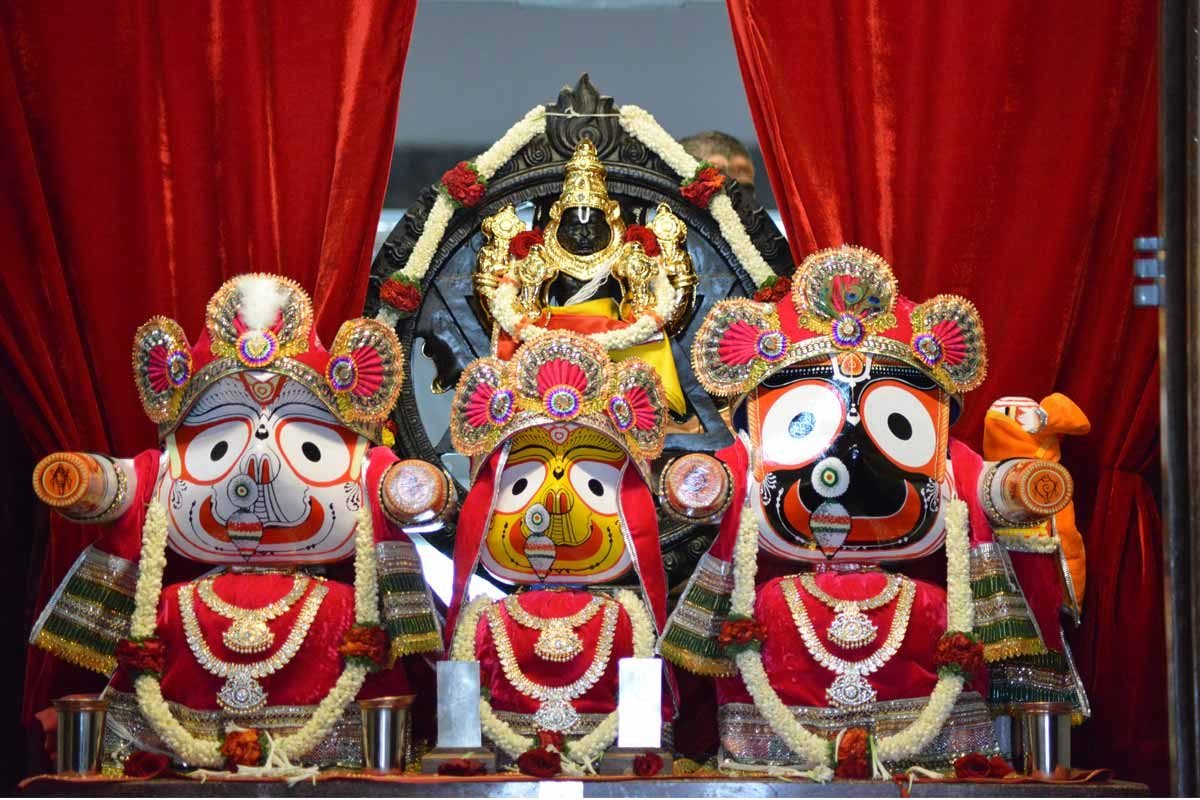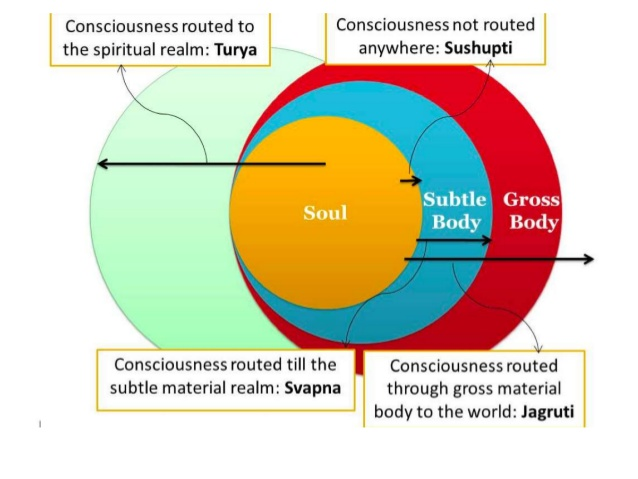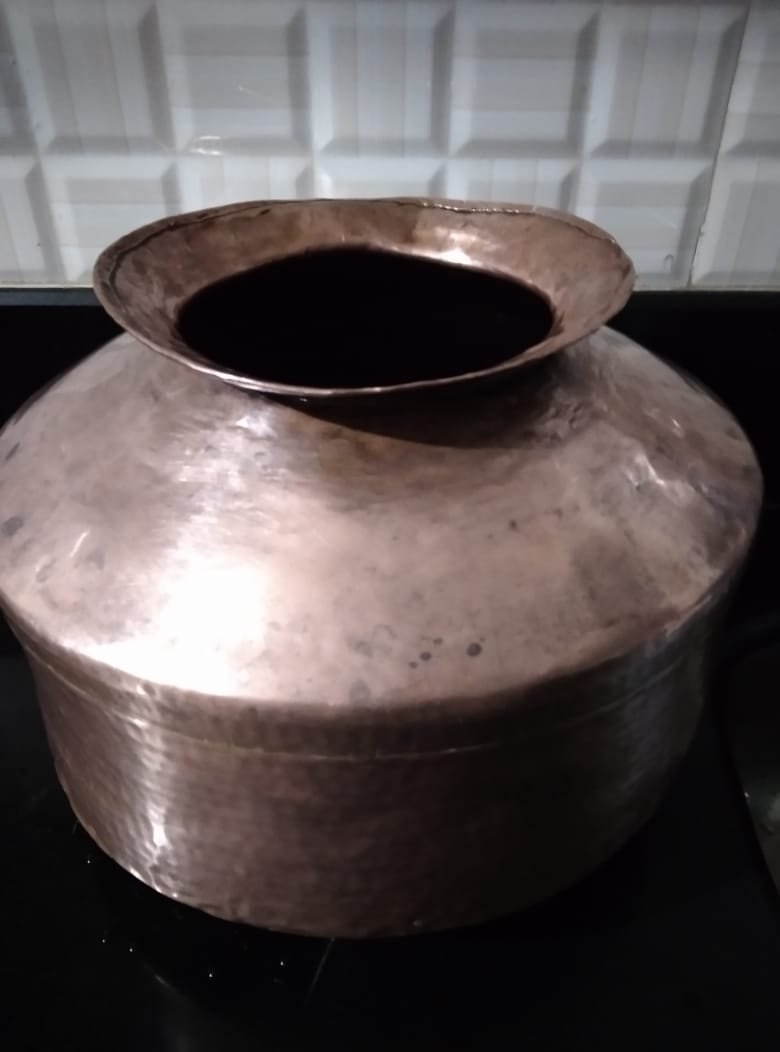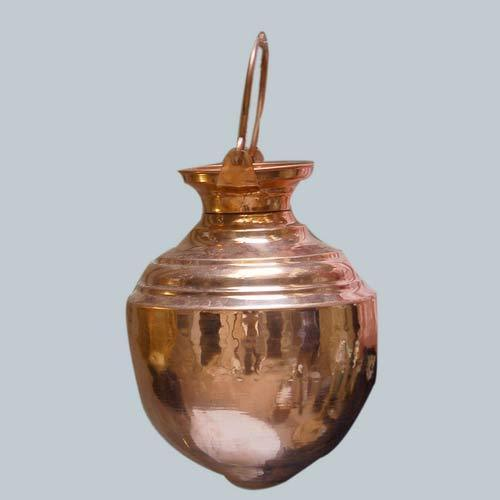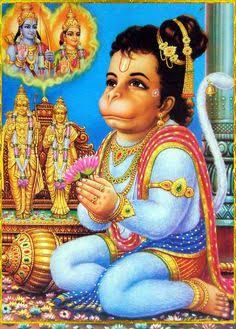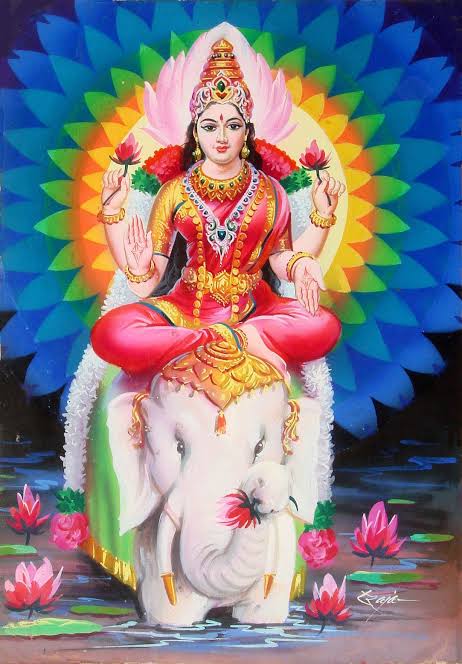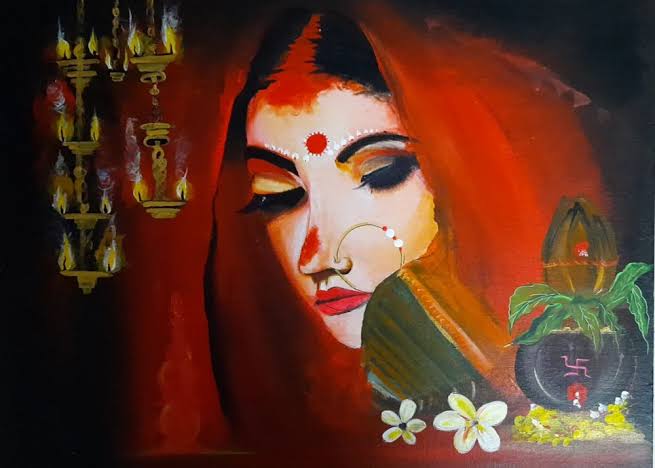
In these tweets : The primary difference between Yajna and Havana.
While reading Rigveda, You will often encounter these two closely related words, so often that the entire scripture seems to depend on these two words only.
Let's get the difference clearly.
While reading Rigveda, You will often encounter these two closely related words, so often that the entire scripture seems to depend on these two words only.
Let's get the difference clearly.
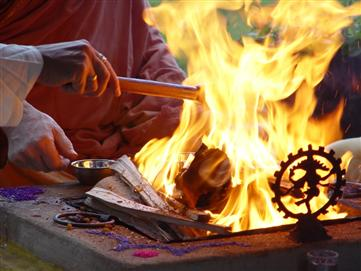
Havana- "means the act of offering oblations in fire".
Homa has exactly the same meaning.
Few meanings of Havana are as follows:
हवन n. havana invocation
हवन m. havana god of fire
हवन n. havana sacrifice
हवन n. havana act of offering an oblation with fire
Homa has exactly the same meaning.
Few meanings of Havana are as follows:
हवन n. havana invocation
हवन m. havana god of fire
हवन n. havana sacrifice
हवन n. havana act of offering an oblation with fire
for Homa there is a reference:
sandhyA snAnam japo "homo" devatAtithipujanam |
Atithyam vaiswadevam cha shatkarmAni dine dine ||
(Ref of Havan is still under search, you can suggest some)
sandhyA snAnam japo "homo" devatAtithipujanam |
Atithyam vaiswadevam cha shatkarmAni dine dine ||
(Ref of Havan is still under search, you can suggest some)
Ablution and prayer, inaudible recitation (of sacred words), burnt- offerings, the worship of gods, hospitality to guests unexpectedly come, and offerings made in the name of the Visvadevam, — these are the six duties to be performed every day
ParAshara Smriti 1.39
ParAshara Smriti 1.39
Now Yajna:
Yajna also has a similar meaning but it can imply more things besides fire sacrifices. It can mean sacrifice, offering etc.
Few meanings of Yajna are:
Sacrifice, act of worship or devotion, prayer, fire, worship, offering.
Yajna also has a similar meaning but it can imply more things besides fire sacrifices. It can mean sacrifice, offering etc.
Few meanings of Yajna are:
Sacrifice, act of worship or devotion, prayer, fire, worship, offering.
So, while Havana/Homa has to be an offering made unto fire, Yajna is not necessarily the same. For example Japa Yajna - the act of doing Mantra Japa, here fire is not involved but still it's a Yajna.
Yajna in scriptures where it is not referring to a sacrifice involving fire: 👇
Yajna in scriptures where it is not referring to a sacrifice involving fire: 👇
Japa Yajnath Paro Yajno NAparohastiha Kaschana ||
Tasmajjapen DharmArthaKAmaMokshanscha SAdhayeth ||
There is no Yajna which is superior to Japa Yajna, hence one should attain Dharma, Artha, Kama & Moksha through Japa.
KulArnava Tantram,Chapter 15,Verse 3.
Tasmajjapen DharmArthaKAmaMokshanscha SAdhayeth ||
There is no Yajna which is superior to Japa Yajna, hence one should attain Dharma, Artha, Kama & Moksha through Japa.
KulArnava Tantram,Chapter 15,Verse 3.
Some further references of how the word Yajna is used in Vedas are as follows:
Yat purushena havishA (1) deva yajnam atanvata (2) vasanto asyasid Ajyam (3) grishma idhmah sharad havih (4) ||
Yat purushena havishA (1) deva yajnam atanvata (2) vasanto asyasid Ajyam (3) grishma idhmah sharad havih (4) ||
With Purusha as the offering (1) the devas performed a sacrifice (2); spring was the Ajya (3), summer the fuel (samit), &autumn (sharat) the offering (4).
RigVeda 10.90.6
Now, here Yajna may not be a fire sacrifice, as fire or Agni was said to be born as a result of sacrifice.
RigVeda 10.90.6
Now, here Yajna may not be a fire sacrifice, as fire or Agni was said to be born as a result of sacrifice.
Yajna is not only a fire sacrifice but ANY kind of devotional sacrifice made to the superior beings, whereas Havan specifically refers to the fire sacrifices done for invocational purposes.
• • •
Missing some Tweet in this thread? You can try to
force a refresh

